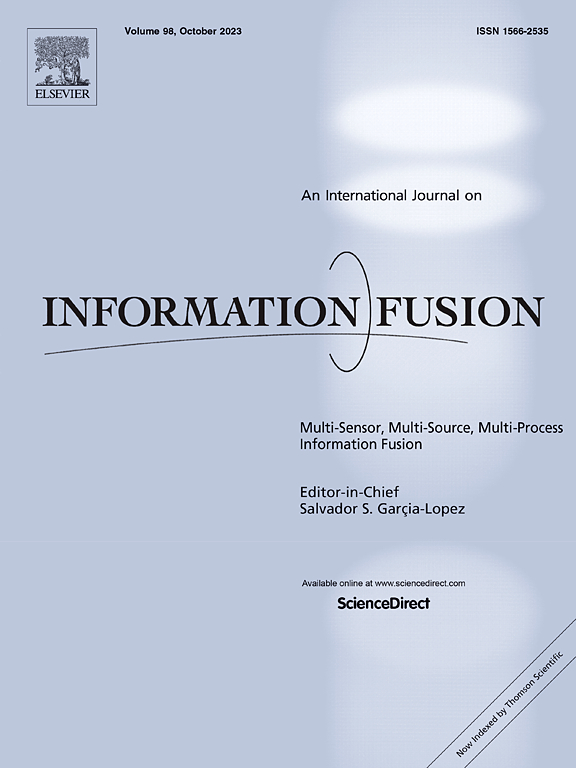融合KANO理论与注意力- bilstm模型的用户需求分析与趋势预测
IF 14.7
1区 计算机科学
Q1 COMPUTER SCIENCE, ARTIFICIAL INTELLIGENCE
引用次数: 0
摘要
随着互联网的快速发展,预测社交媒体平台用户生成内容(UGC)的用户需求趋势可以帮助企业更好地了解用户偏好,指导决策和改革工作。本文通过引入基于ugc的用户需求预测技术来探索产品创新。最初,BERTopic模型用于从UGC中提取产品属性。然后应用KANO模型对各种用户需求进行分类。采用结合经验模态分解(EMD)等特征的Attention-BiLSTM模型预测用户需求偏好的波动和发展趋势。利用不同的预测数据集对模型的性能进行了验证。为了评估其有效性,将所提出的混合模型与几种领先的深度学习算法进行了比较。KANO模型和Attention-BiLSTM的结合有助于对情绪和需求变化进行更全面的分析。此外,克服了现有基于情绪的趋势预测方法的局限性——无法解决长期依赖问题。本文利用来自“Auto-home”的UGC数据验证了所提出的模型框架的有效性,突出了模型在预测方面的优势。与目前最先进的方法相比,本研究从时间的角度改进了在线评论分析。这种方法为分析用户的产品需求和预测与产品相关的情感趋势提供了有价值的见解。本文章由计算机程序翻译,如有差异,请以英文原文为准。
Fusion of KANO theory and Attention-BiLSTM models for user demand analysis and trend prediction
With the rapid advancement of the internet, predicting user demand trends in user-generated content (UGC) on social media platforms can help businesses better understand user preferences, guiding decision-making and reform efforts. This paper explores product innovation by introducing a UGC-based user demand prediction technique. Initially, the BERTopic model is used to extract product attributes from UGC. The KANO model is then applied to categorize various user demands. An Attention-BiLSTM model, which incorporates empirical mode decomposition (EMD) and other features, is employed to forecast fluctuations and development trends in user demand preferences. The model’s performance is validated using different prediction datasets. To assess its effectiveness, the proposed hybrid model is compared to several leading deep learning algorithms. The combination of the KANO model and Attention-BiLSTM facilitates a more comprehensive analysis of sentiment and demand changes. Additionally, the limitation of existing sentiment-based trend prediction methods – unable to address long-range dependency problems – is overcome. The paper demonstrates the effectiveness of the proposed model framework using UGC data from “Auto-home”, highlighting the model’s superiority in prediction. Compared to state-of-the-art methods, this research improves online review analysis from a temporal perspective. This approach offers valuable insights for analyzing users’ product demand and predicting emotional trends related to products.
求助全文
通过发布文献求助,成功后即可免费获取论文全文。
去求助
来源期刊

Information Fusion
工程技术-计算机:理论方法
CiteScore
33.20
自引率
4.30%
发文量
161
审稿时长
7.9 months
期刊介绍:
Information Fusion serves as a central platform for showcasing advancements in multi-sensor, multi-source, multi-process information fusion, fostering collaboration among diverse disciplines driving its progress. It is the leading outlet for sharing research and development in this field, focusing on architectures, algorithms, and applications. Papers dealing with fundamental theoretical analyses as well as those demonstrating their application to real-world problems will be welcome.
 求助内容:
求助内容: 应助结果提醒方式:
应助结果提醒方式:


